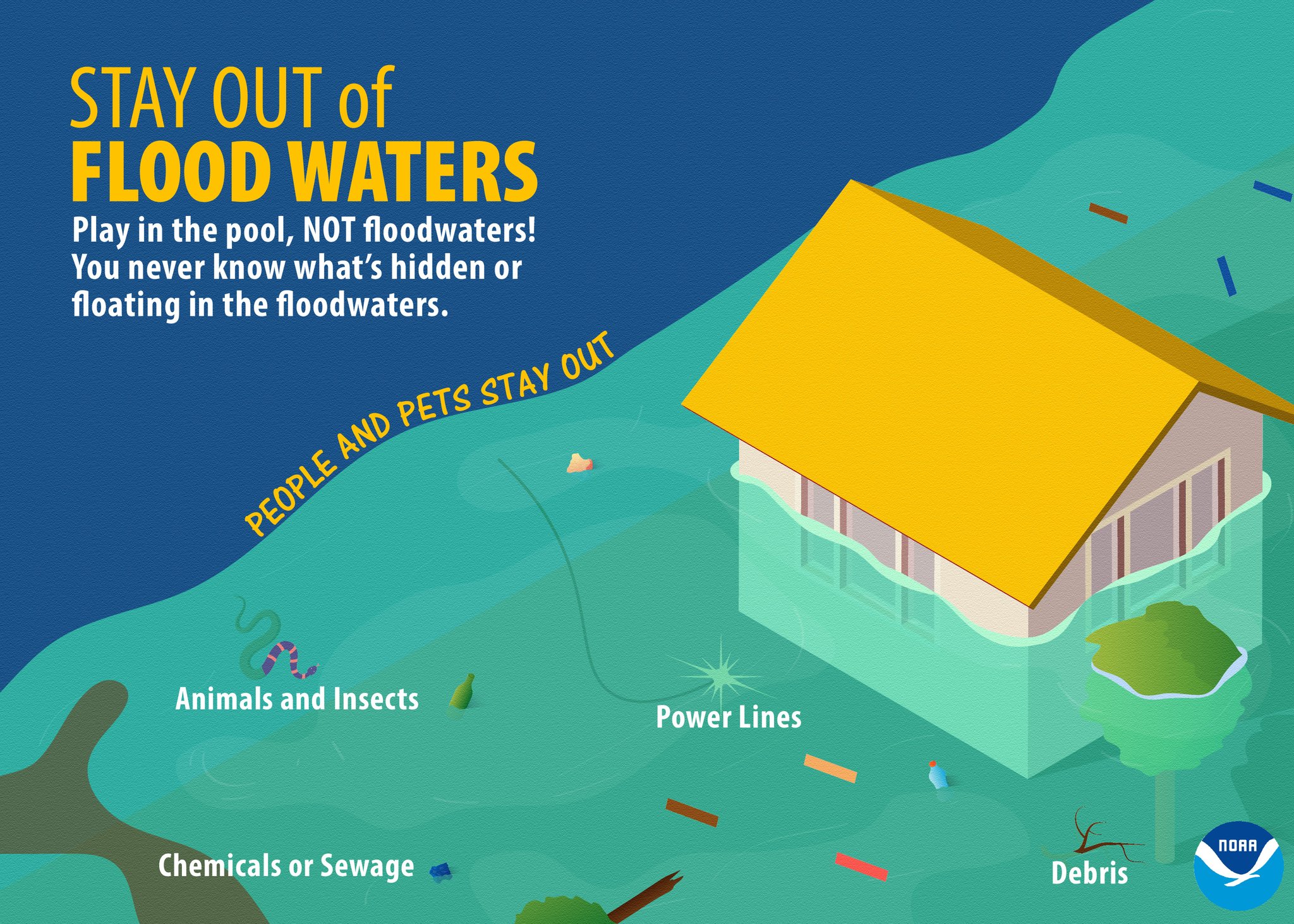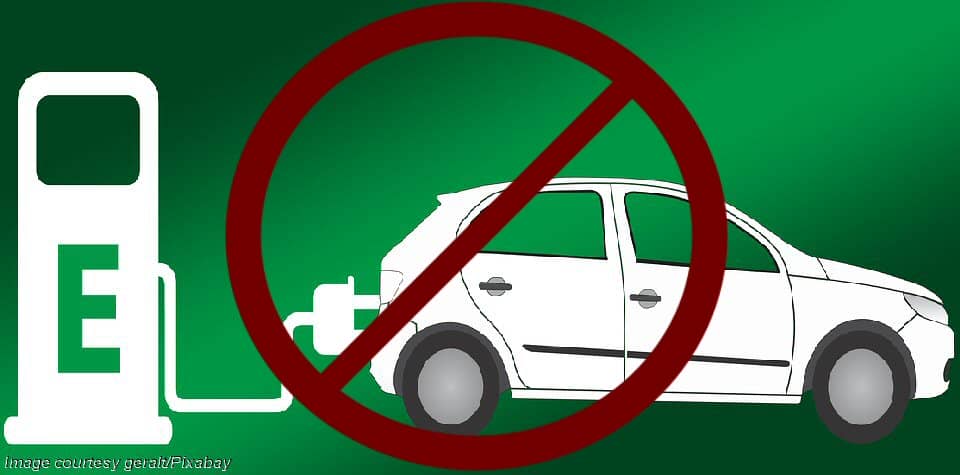Flood Safety During Severe Weather Awareness Week: Day 5 Guide

Table of Contents
Understanding Flood Risks & Preparedness
Assessing your flood risk is the first step towards effective flood prevention and emergency preparedness. Are you in a designated flood zone? Many people mistakenly believe that only those living in clearly marked high-risk areas need to worry about floods. However, flash floods can occur anywhere, and even areas with low historical flood risk can experience significant flooding during severe weather events.
Knowing your risk allows you to take appropriate measures. Consider purchasing flood insurance, which is often not included in standard homeowner's insurance policies. Even if you're not in a high-risk area, the cost of flood damage can be devastating. A comprehensive flood insurance policy can provide crucial financial protection during and after a flood.
- Check your flood risk: Use online tools provided by the Federal Emergency Management Agency (FEMA) or your local authorities to determine your property's flood risk.
- Purchase flood insurance: Shop around and compare policies to find the best coverage for your needs and budget.
- Develop a family evacuation plan: Identify multiple escape routes from your home and designate a safe meeting point outside the flood zone. Practice this plan regularly with your family.
- Prepare an emergency kit: Pack essential supplies such as water (one gallon per person per day for at least three days), non-perishable food, medications, first-aid supplies, flashlights, batteries, a battery-powered radio, important documents (in waterproof bags), and extra clothing.
Actions to Take During a Flood
Staying informed is crucial during severe weather events. Pay close attention to weather forecasts and alerts issued by your local National Weather Service. Understand the difference between a flood watch and a flood warning:
- Flood Watch: Flooding is possible. Monitor conditions and be prepared to take action.
- Flood Warning: Flooding is occurring or is imminent. Take immediate action.
Obey all evacuation orders immediately. Do not attempt to drive through flooded areas; even a few inches of water can sweep a vehicle away. If evacuation isn't possible, move to the highest level of your home. If you're trapped, contact emergency services (911) immediately.
- Monitor weather reports closely: Stay updated on the latest forecasts and warnings.
- Understand flood watches and warnings: Know the difference and act accordingly.
- Evacuate immediately if ordered: Do not delay; your life is more important than your possessions.
- Seek higher ground: If evacuation is impossible, move to the highest floor or area of your home.
- Contact emergency services: Call 911 if you are in immediate danger.
Protecting Your Home from Flood Damage
Taking proactive steps to floodproof your home can significantly reduce the risk of damage. This involves implementing measures to prevent water from entering your home and minimizing the impact of flooding.
- Install check valves: Prevent sewer backups by installing check valves in your sewer lines.
- Elevate appliances and electrical outlets: Raise appliances and electrical outlets to prevent water damage.
- Use waterproof sealants: Seal around windows and doors with waterproof sealant to prevent water infiltration.
- Keep gutters and downspouts clean: Regularly clean gutters and downspouts to ensure proper drainage.
- Consider sandbags: Sandbags can be used to protect doorways and other vulnerable areas. Learn how to properly place them.
- Install a sump pump: A properly functioning sump pump can remove excess water from your basement.
Post-Flood Safety and Recovery
After the flood, prioritize safety. Floodwaters can be contaminated with sewage, chemicals, and debris, posing significant health risks. Avoid contact with floodwaters at all costs.
- Avoid floodwaters: Never enter floodwaters; they may be contaminated and contain hidden dangers.
- Wear protective gear: If you must participate in cleanup, wear protective clothing, boots, and gloves.
- Document flood damage: Take photos and videos of the damage to your property for insurance purposes.
- Contact your insurance company promptly: Report the damage and start the claims process as soon as possible.
- Seek help from disaster relief organizations: Organizations like the Red Cross and FEMA can provide assistance with food, shelter, and other necessities.
Being prepared for floods is crucial for your safety and well-being. By understanding flood risks, taking preventative measures, and knowing how to respond during and after a flood, you can significantly reduce your vulnerability. This Severe Weather Awareness Week, take the time to review your flood preparedness plan and make necessary adjustments to ensure you’re ready for anything. Take action today to improve your family's flood safety.

Featured Posts
-
 Luxus Extrak Porsche 911 80 Millio Forint
May 25, 2025
Luxus Extrak Porsche 911 80 Millio Forint
May 25, 2025 -
 Ev Mandate Faces Strong Opposition From Car Dealerships
May 25, 2025
Ev Mandate Faces Strong Opposition From Car Dealerships
May 25, 2025 -
 Hudsons Bay Leases Sought By B C Billionaire Shopping Mall Owner
May 25, 2025
Hudsons Bay Leases Sought By B C Billionaire Shopping Mall Owner
May 25, 2025 -
 Lvmhs Q1 Sales Miss Target Leading To 8 2 Share Decline
May 25, 2025
Lvmhs Q1 Sales Miss Target Leading To 8 2 Share Decline
May 25, 2025 -
 Trumps Legal Fight Against Elite Law Firms Faces Setback In Court
May 25, 2025
Trumps Legal Fight Against Elite Law Firms Faces Setback In Court
May 25, 2025
